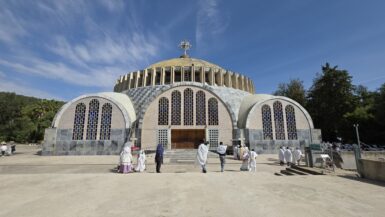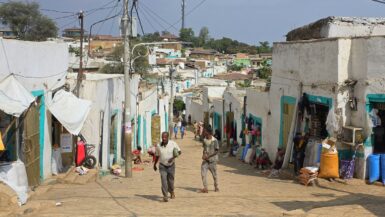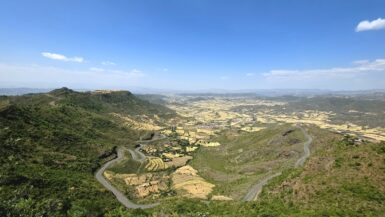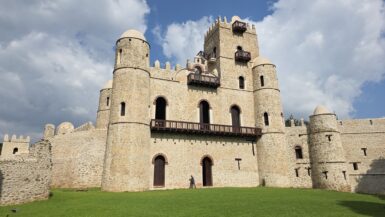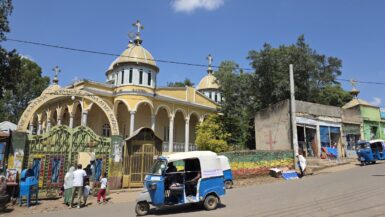After a two-day drive, we finally arrived in Lodwar around 11 in the morning, but immediately continued for another hour to Kalokol to catch our boat to visit the lake. After complicated negotiations, we agreed to hire the fishing boat with a 40hp engine for 15,000 KES and jumped in...


